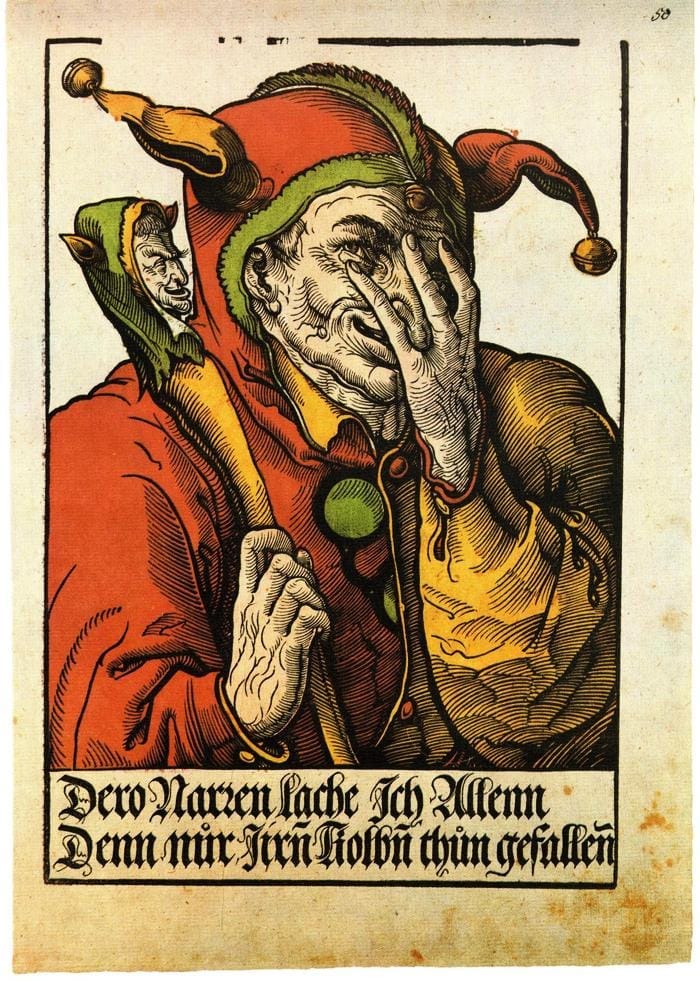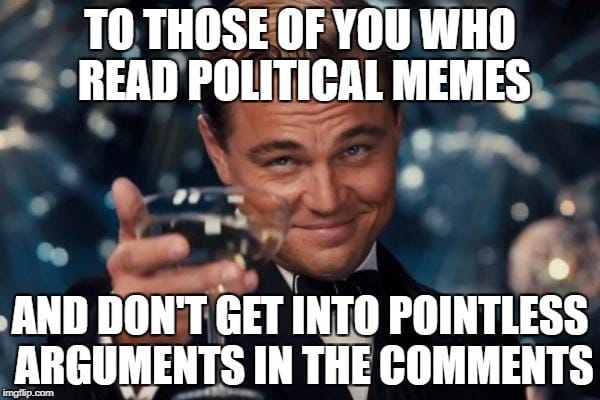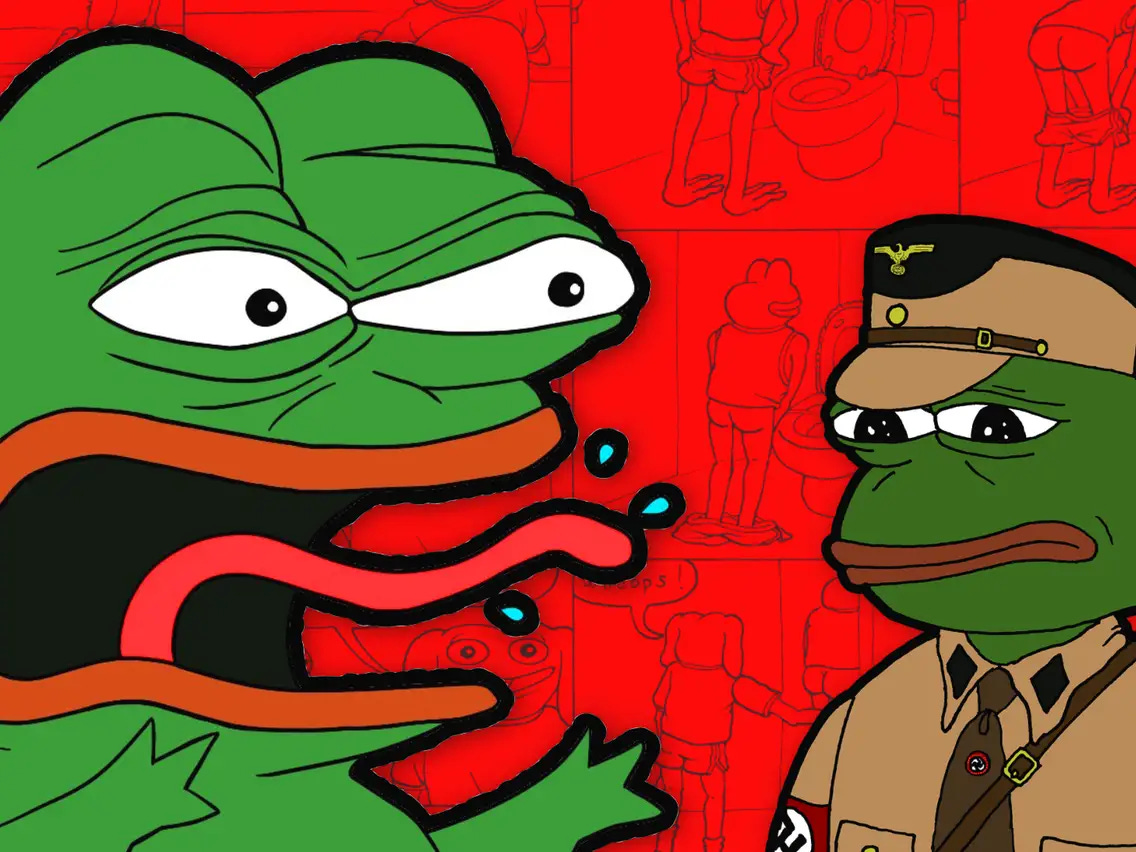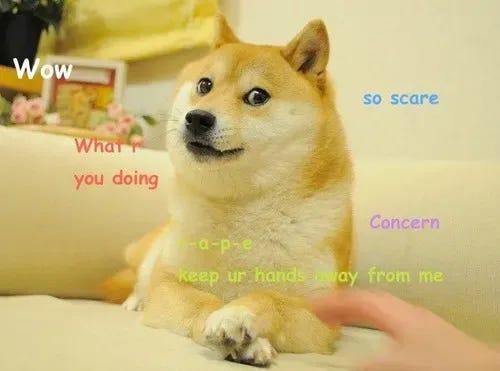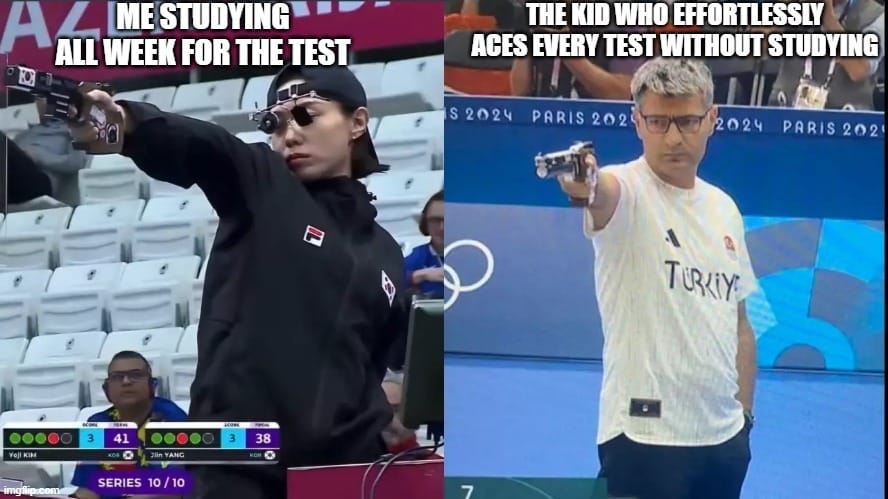From Court Jesters to Meme Lords
Are you a meme lord or a court jester in disguise? Dive into the secret history of memes and learn how they're shaping our culture. Could the next meme you share be predicting the future?
Planetary Correlations
Uranus-Neptune: Memes first emerged during the Uranus-Neptune conjunction in the 90s. Uranus represents an idea while Neptune symbolizes an image, especially that which is ideal or shared collectively.
Uranus-Pluto: Memes went viral in the 2010s during the Uranus-Pluto square. Uranus-Pluto has the quality of ideas reaching the masses, similar world transit to Gutenberg's printing press.
In the beginning, there was the word—and the word was "meme." Little did Richard Dawkins know, when he coined the term in his 1976 book "The Selfish Gene," that he was unleashing a force that would one day dominate the digital landscape. From the humble Dancing Baby of the 1990s to the snarky Doge of the 2010s, memes have evolved from quirky internet inside jokes to a ubiquitous form of communication, commentary, and cultural critique.
But what exactly is a meme, and how did these bite-sized units of cultural transmission come to rule the internet? Journey through the annals of internet history–trace the origins, evolution, and cosmic significance of memes. Buckle up, because we're about to boldly go where no serious academic discourse has gone before: into the heart of the memetic multiverse.
The Selfish Meme: Dawkins' Theory
In "The Selfish Gene," evolutionary biologist Richard Dawkins proposed a revolutionary idea: just as biological evolution is driven by the replication and spread of genes, cultural evolution is driven by the replication and spread of ideas, or "memes." Dawkins argued that memes, like genes, are subject to the forces of natural selection—the most successful memes are those that are most effective at spreading from mind to mind.
At the time, Dawkins had no idea that his theory would one day be applied to the world of internet culture. But as the digital age dawned and the internet became a global platform for the exchange of ideas, it became clear that memes were the perfect embodiment of Dawkins' concept. From the earliest days of email chain letters to the rise of social media, the internet has proven to be an ideal breeding ground for the replication and mutation of memes.
The Birth of Memes under Uranus-Neptune
The 1990s, a time when the internet was still in its infancy, marked the beginning of the meme as we know it today. Under the influence of the Uranus-Neptune conjunction (0º)–which archetypally symbolizes an awakening of creative imagination and technological fluidity–the first internet memes started to emerge.
Uranus reflects the brilliant idea while Neptune symbolizes the image itself, often referring to something that lives in the ideal realm. As mega meme artist Saint Hoax said, “The power of a meme lies in its transmissibility and unique knack for being cross-cultural.” Saint Hoax's statement perfectly expresses this planetary alignment: unique (Uranus), transmissible (Neptune), and together becomes cross-cultural (Uranus-Neptune).
One of the earliest and most iconic examples was the dancing baby, a 3D-rendered animation of a baby dancing the "cha cha." The Dancing Baby spread like wildfire through email chains, becoming one of the first viral sensations of the internet age. This first viral meme expresses the Uranus-Neptune combination brilliantly: a baby (Uranus) dancing with ease (Neptune).
While primitive by today's standards, the Dancing Baby set the stage for the meme revolution to come, demonstrating the power of the internet to facilitate the rapid spread of ideas and images.
Humor as Power
Throughout history, humor has played a vital role in challenging social norms and speaking truth to power. During the Renaissance (specifically in the 1530s and the early 1540s) a period marked by a Uranus-Neptune trine (120º), court jesters thrived as the satirical voices of their time. These quick-witted entertainers used comedy, wordplay, and clever insults to critique the ruling class and expose the absurdities of society, all while maintaining a degree of immunity due to their status as jesters, profoundly symbolizes the Uranus-Neptune qualities of an ideal (Neptune) trickster (Uranus).
One of the most famous court jesters of the period was Will Sommers, who served in the court of King Henry VIII of England. Sommers was renowned for his quick wit, clever wordplay, and ability to use humor to navigate the treacherous political landscape of Henry's court. He was one of the few people who could speak freely to the king without fear of reprisal, using his jests and riddles to critique the king's policies and decisions in a way that would have been unthinkable for anyone else.
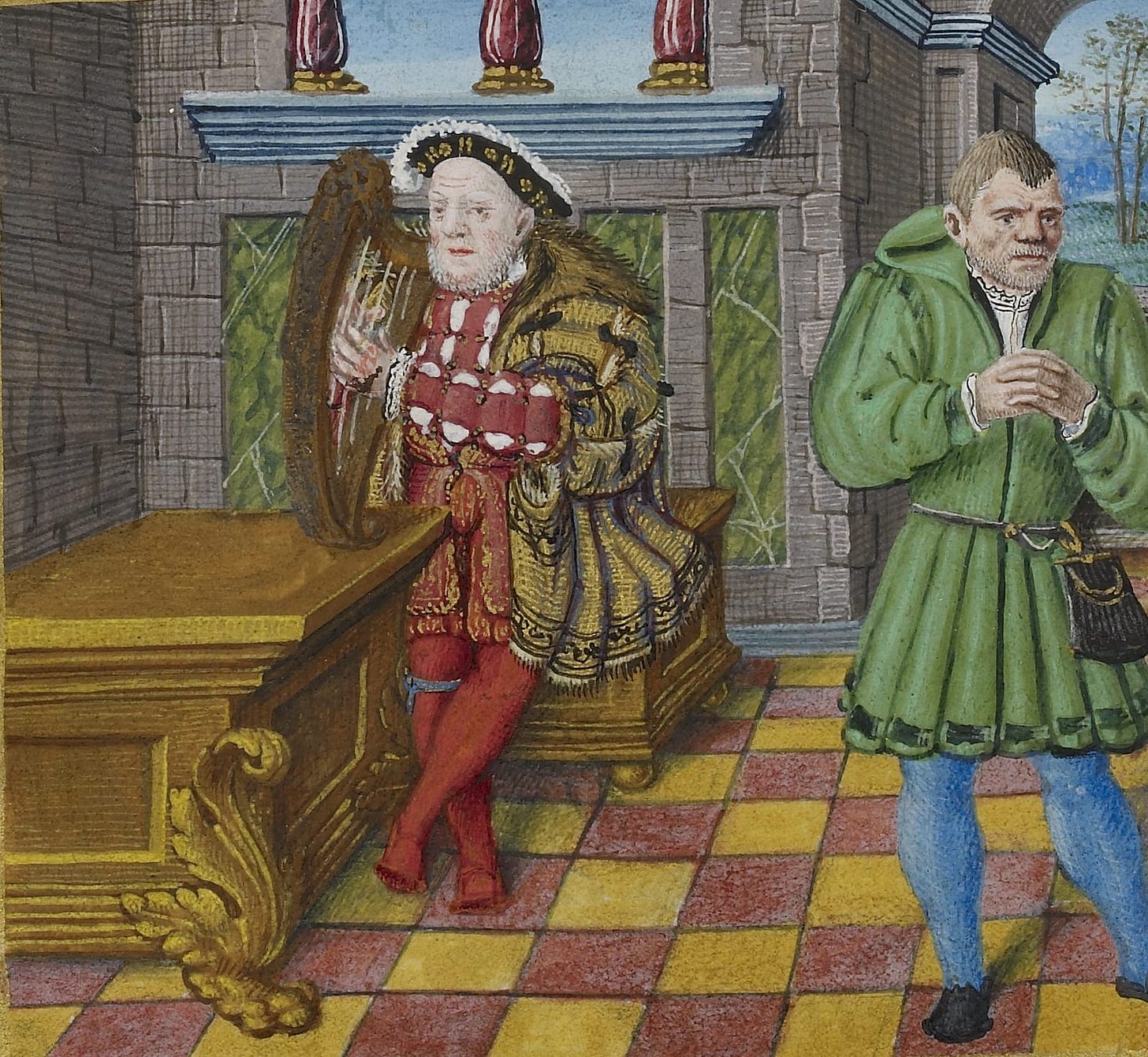
Digital Jesters
In many ways, memes serve the same purpose in contemporary internet culture as court jesters did in the Medieval and Renaissance periods. Like jesters, memes use humor, irony, and satire to comment on social issues, challenge authority, and expose the absurdities of modern life. From political memes that critique government policies to social justice memes that highlight inequality and discrimination, memes have become a powerful tool for sparking conversations and driving change.
The rise of meme culture has also given birth to a new kind of internet celebrity: the meme lord. Like the court jesters of old, meme lords (people who create memes) are known for their quick wit, clever wordplay, and ability to create viral content that resonates with the masses. These digital jesters use their platform to entertain, inform, and challenge their audiences, all while pushing the boundaries of what's acceptable in online discourse.
The Meme Explosion under Uranus-Pluto
The 2010s, a period marked by a powerful Uranus-Pluto square (90º), saw memes explode into the mainstream consciousness like never before. This astrological alignment, known for its technologically disruptive and intellectually empowering energies, created the perfect conditions for memes to become a ubiquitous force in popular culture.
Interestingly, this planetary combination coincided with another revolutionary development in the history of information dissemination: the invention and production of the printing press by Johannes Gutenberg in the 15th century, specifically in 1454 during a Uranus-Pluto conjunction (0º). Gutenberg's printing press, which allowed for the mass production of books and the rapid spread of ideas, fundamentally transformed European society and laid the groundwork for the Renaissance, the Scientific Revolution, and the Age of Enlightenment.
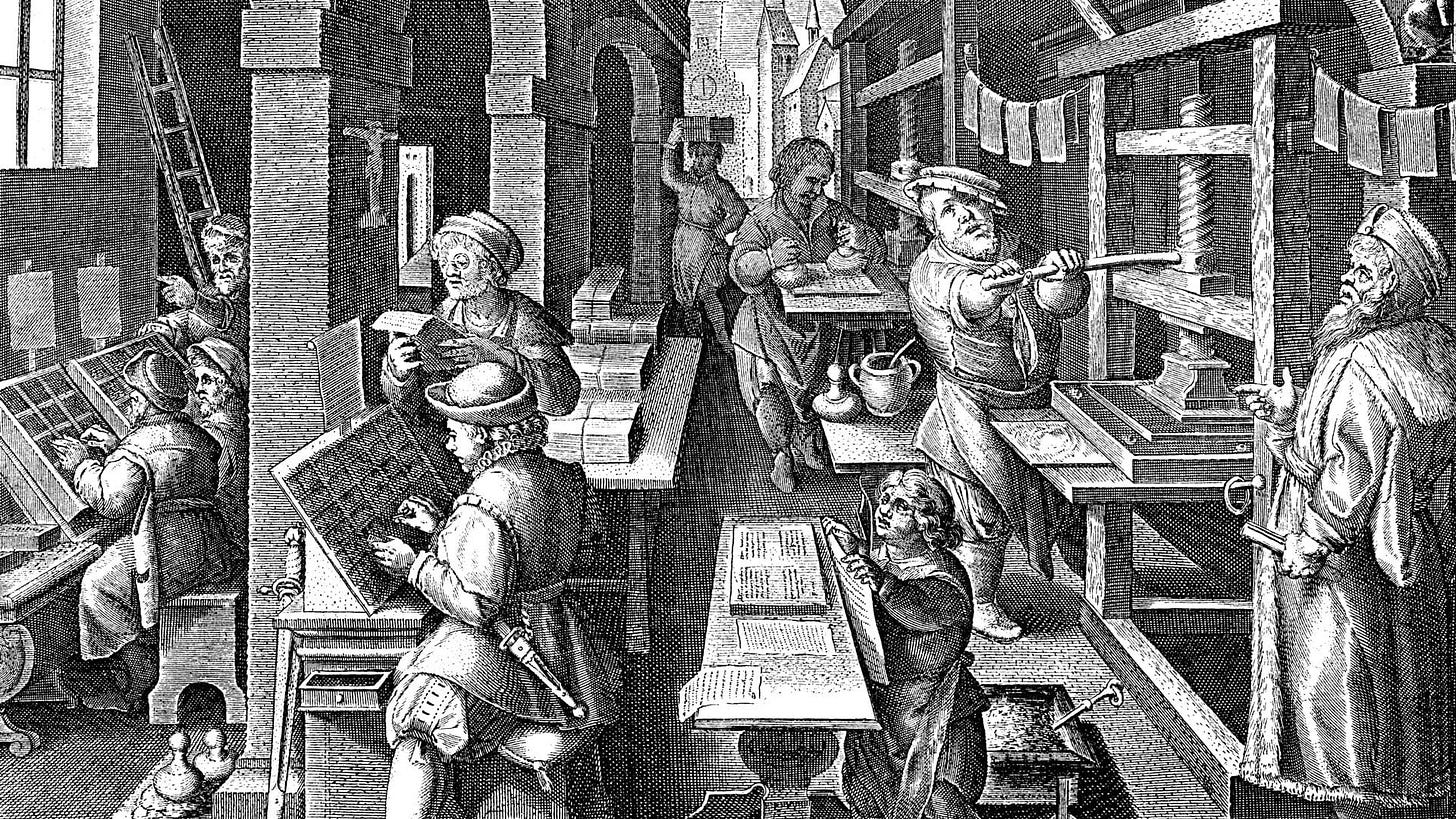
In many ways, the rise of social media during the Uranus-Pluto square of the 2010s echoes the impact of Gutenberg's printing press. Platforms like Twitter (now X), Facebook, and Instagram provided new channels for memes to spread rapidly and reach massive audiences, just as the printing press enabled the swift dissemination of ideas centuries earlier.
The Uranus-Pluto square also coincided with the emergence of meme-based subcultures and political movements, such as the alt-right's co-opting of Pepe the Frog and the use of memes as a tool for propaganda and disinformation. This mirrors the way in which the printing press was used to spread both revolutionary ideas and propaganda during times of social and political upheaval.
The parallels between the Uranus-Pluto alignments of the 15th and 21st centuries suggest that these cosmological events have a profound impact on the way information and ideas are shared and consumed. Just as Gutenberg's printing press democratized access to knowledge and fueled social change, the rise of social media and meme culture during the 2010s Uranus-Pluto square has transformed the way we communicate, interact, and make sense of the world around us.
Capturing the Shifting Zeitgeist
As Saint Hoax brilliantly articulates: “It [a meme] has the ability to capture insight in a way that is in complete alignment with the zeitgeist.” Each iconic meme of a certain period captures something essential about the cultural zeitgeist, whether it has to do with a collective sense of absurdity, a frustration with social inequalities, or a desire for escapism and humor in an increasingly chaotic world.
Doge Meme (2013)
The Doge meme features a picture of a Shiba Inu dog surrounded by colorful Comic Sans text that represents the dog's inner monologue. The text is written in broken English and typically includes phrases like "much wow," "very amaze," and "so scare." The Doge meme became a viral sensation in 2013, spawning countless variations and even influencing the creation of the cryptocurrency Dogecoin. This meme expresses the Uranus-Pluto world transit by giving creative life (Uranus) to an animal (Pluto). On top of that, the usage of Comic Sans colorful texts evokes the Uranus-Pluto aesthetic of radical casualness.
Distracted Boyfriend Meme (2017)
The Distracted Boyfriend meme is based on a stock photo of a man looking at another woman while walking with his girlfriend. The meme is often used to represent someone being tempted by something or someone else, with the boyfriend labeled as the person or thing being distracted, the girlfriend labeled as the person or thing being ignored, and the other woman labeled as the distraction. This versatile meme has been used to comment on everything from pop culture to politics. During the height of the Jupiter-Uranus alignment in 2017, this meme represents the urge to defy restrictions and follow one's creative path.
First World Problems Meme (2011)
The First World Problems meme features a picture of a crying woman, often accompanied by captions that describe minor inconveniences or complaints that are seen as trivial or privileged. The meme is meant to satirize the tendency of people in developed countries to complain about relatively minor issues, highlighting the contrast between "first world problems" and the more serious challenges faced by people in less privileged circumstances. As the Saturn-Neptune alignment was unfolding in 2011, this meme captured the universal tension one feels in the liminal space between ease and difficulty.
Bell Curve Meme (2020)
The Bell Curve meme features a series of images or text labels arranged along a bell-shaped curve, with the most "average" or conventional examples placed at the peak of the curve and more unusual or extreme examples placed at the tails. The meme is often used to make humorous or satirical comparisons between different groups or categories, playing on the idea of statistical distribution and the concept of "normal" or "average." This meme began circulating in 2020 during the Saturn-Pluto conjunction, evoking qualities of status hierarchy.
Olympic Shooters Meme (2024)
One of the most recent memes to capture the internet's attention is the Olympic Shooters meme, which originated during the 2024 Summer Olympics. The meme features a side-by-side comparison of two athletes competing in the shooting event: on one side, a woman is fully decked out in high-tech gear and a focused posture; on the other, a man stands casually with one hand in his pocket, and a nonchalant attitude. The stark contrast between their approaches has been used to humorously illustrate the difference between relying on advanced tools and strategies versus taking a more laid-back, instinctual approach. This meme reflects the current astrological shift from the innovation-driven Saturn-Uranus square to the more intuitive and imaginative energies of the Saturn-Neptune conjunction, suggesting a cultural move towards simplicity.
Brat to Demure Meme (2024)
Another recent and intriguing example is the 2024 "brat summer to demure fall" trend. The concept of "brat summer" gained traction after pop icon Charli XCX released her album "brat" which celebrates rebellion and individualism, perfectly encapsulating the energetic and disruptive influence of the Jupiter-Uranus conjunction. As summer comes to a close, a new trend has emerged: "demure fall." TikTok influencer Jools Lebron popularized the concept in a viral video, describing herself as "very demure, very mindful" while showcasing a softer, more understated aesthetic. The stark contrast between the loud, vibrant energy of "brat summer" and the soft, muted tones of "demure fall" perfectly illustrates the astrological shift from the Jupiter-Uranus conjunction to the Saturn-Neptune conjunction.
Participating in the Memeverse
From their humble beginnings as a quirky thought experiment in a biology book to their current status as the lingua franca of the internet, memes have come a long way. As we've seen, the evolution of memes is a story of cosmic proportions, shaped by the powerful astrological energies of the Uranus-Neptune and Uranus-Pluto cycles.
As we stand on the brink of a new era, with the unfolding Uranus-Neptune sextile (until 2029) and Uranus-Pluto trine (until 2032), the future of memes looks bright. These planetary alignments, known for their innovative, fluid, and transformative energies, are sure to usher in new forms of memetic expression and cultural commentary.
But beyond their astrological significance, memes are a testament to the enduring power of human creativity, humor, and social commentary. In a world that often feels fractured and chaotic, memes offer us a way to connect with others, to find moments of joy and levity, and to make sense of the complexities of modern life.
And as memes continue to evolve and shape our collective consciousness, it's important to approach them with a critical eye. In an age of fake news and online echo chambers, memes have the power to spread misinformation and reinforce harmful stereotypes just as easily as they can challenge the status quo and promote positive change.
As we navigate the uncharted waters of the memetic multiverse, it's up to us to use the power of memes wisely and responsibly. By embracing the subversive, transformative potential of memes while remaining vigilant against their misuse, we can harness the archetypal energy of the Uranus-Neptune and Uranus-Pluto cycles to create a more humorous, more enlightened, and more meme-tastic world.








